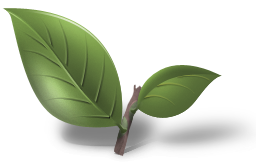Of course one could go even one step further and do it in a blue wedgewood.mbanu wrote: ↑Fri Apr 16, 2021 9:43 amI think it would also highlight an interesting quirk, which is that British teapots with English on them are often considered a little tacky, possibly because most of these were jokes, political slogans, or advertisements, while Chinese teapots with Chinese on them are often considered artistic because the impression is that these were all poems, even though there were a fair share of political slogans here as well.
Yixing
British artists are too eager to transgress -- there's one artist whose latest artistic endeavor is taking photographs of himself with various pieces of Wedgwood porcelain inserted in his rear..m. wrote: ↑Fri Apr 16, 2021 1:29 pmOf course one could go even one step further and do it in a blue wedgewood.mbanu wrote: ↑Fri Apr 16, 2021 9:43 amI think it would also highlight an interesting quirk, which is that British teapots with English on them are often considered a little tacky, possibly because most of these were jokes, political slogans, or advertisements, while Chinese teapots with Chinese on them are often considered artistic because the impression is that these were all poems, even though there were a fair share of political slogans here as well.
@Bok: yes, I've read about how quickly hong ni can season, but it is lots of fun to see it happening in person. I feel like I'm at risk of acquiring additional hong ni pots in the future, but I'll try to control myself for now.
And I look forward to seeing how your 1958-60 pot develops over time.
Andrew
And I look forward to seeing how your 1958-60 pot develops over time.
Andrew
Has this teapot been cleaned? Could just be tea stains.
Inside looks a bit different in colour, do you have more images? Also inside of the lid and underside of the pot. Could be a Neiziwaihong, Zini coated with Hongni outside. That would more likely make it late 70- early 80s.
This is said to be an early 70s from a reliable source.
The white dots are dust spots I just sweeped.
Yes I was a bit surprised by these trace too, and it is said a hongni. They are only on the opening and inside of the lid lip ans a tiny one on the spout end.
I'd say for a 80ml it's heavy.
Would it be possible this is some kind of production/factory "rubbering " ?
Thanks for the replies.
